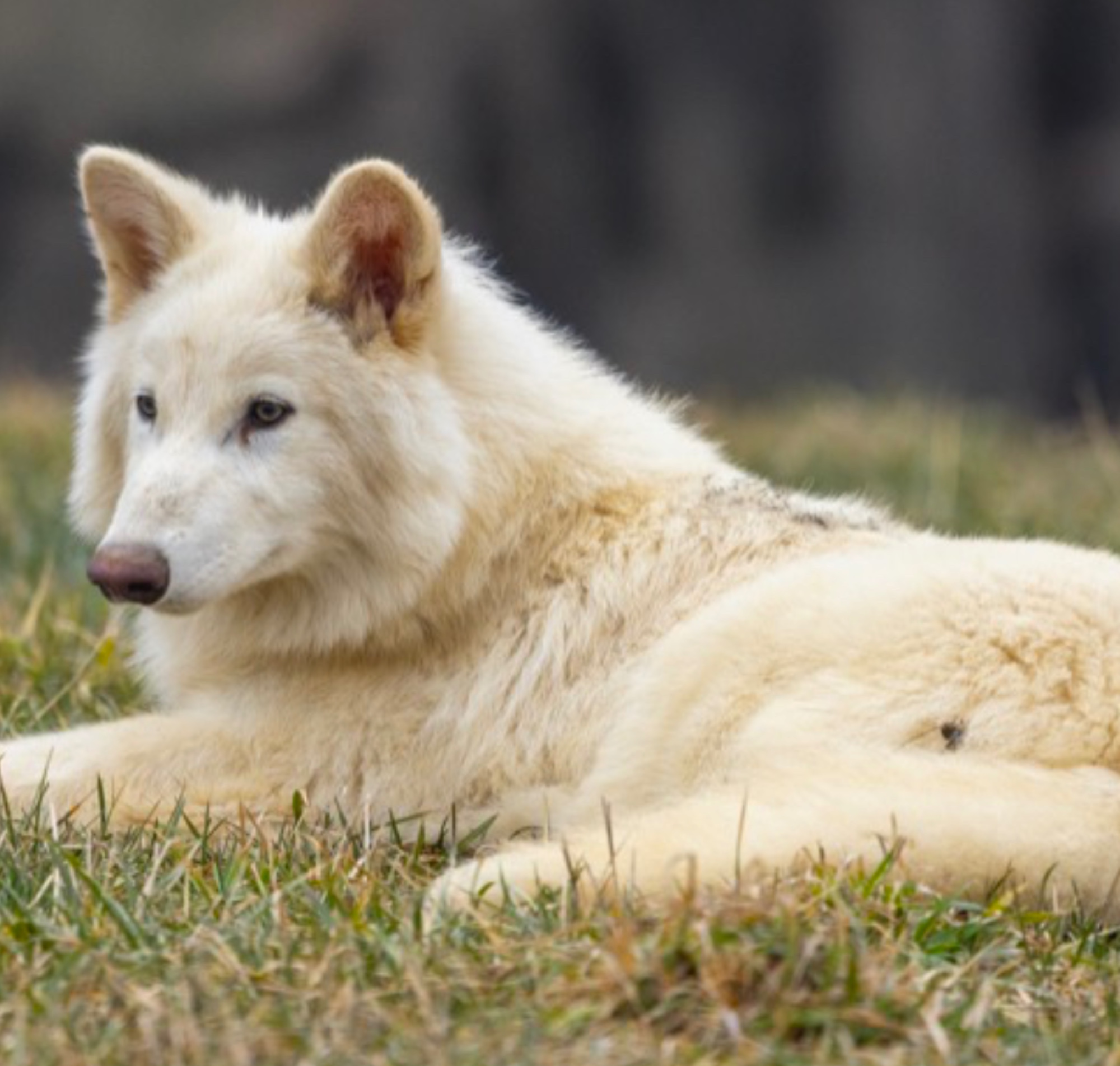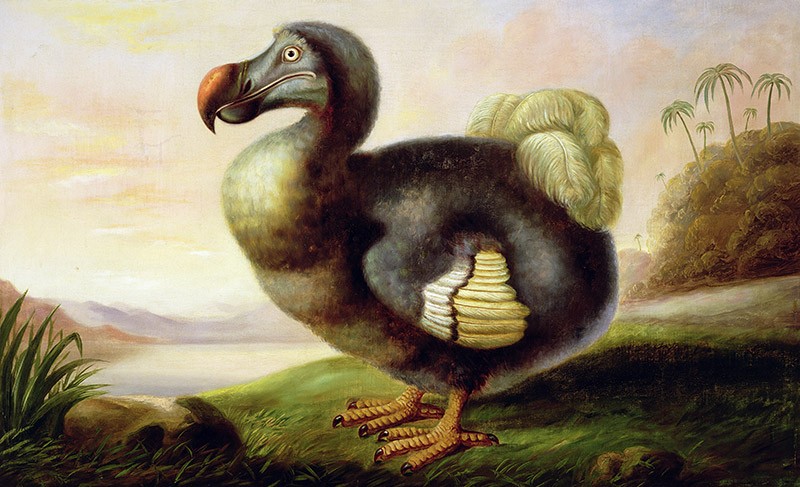In a scientific breakthrough that straddles the line between cutting-edge biology and science fiction, Colossal Biosciences, a Texas-based biotech startup, has announced the birth of three genetically engineered wolf pups that bear a striking resemblance to the long-extinct dire wolf (Aenocyon dirus).
The company is calling it the “world’s first de-extinction,” marking a bold new chapter in wildlife genetics and conservation.
The pups — named Romulus, Remus, and Khaleesi — were born through a complex process involving ancient DNA analysis, CRISPR gene editing, and surrogate domestic dog mothers.
View this post on Instagram
Two of the pups were born in October 2024, while the female, Khaleesi, was born on January 30, 2025. They now live in a 2,000-acre secure facility somewhere in the northern United States.
What Is a Dire Wolf?
The dire wolf, which went extinct more than 12,000 years ago, once prowled the grasslands and forests of North America during the Late Pleistocene era.
Larger and more muscular than modern gray wolves, dire wolves weighed up to 150 pounds, had massive jaws, and were apex predators that likely hunted large prey like bison and elk.

The species gained renewed pop culture relevance thanks to HBO’s Game of Thrones, where dire wolves symbolized power, loyalty, and the untamed wilderness. The naming of the female pup "Khaleesi" pays tribute to the franchise.
How were the “Dire Wolves” engineered?
Colossal Biosciences didn’t clone the extinct species outright — a feat that remains biologically impossible due to the fragmented nature of ancient DNA. Instead, the company used genetic engineering to edit the DNA of gray wolves, the closest living relatives of dire wolves.
“We targeted specific traits — broader skulls, longer limbs, denser fur — based on dire wolf fossils,” said Dr. Beth Shapiro, Colossal’s lead paleogeneticist.
Researchers studied dire wolf remains, including a 13,000-year-old tooth from Ohio and a 72,000-year-old skull fragment from Idaho, to identify DNA markers.

Using CRISPR, scientists edited 20 genes in gray wolf DNA. The modified genetic material was inserted into dog egg cells, which were then implanted into surrogate dogs. The resulting pups are now being raised in controlled environments.
However, independent scientists urge caution. “These are genetically modified gray wolves with dire wolf-like features,” said Dr. Nic Rawlence, a paleogeneticist from the University of Otago in New Zealand. “This is not true resurrection — extinction is still forever.”
Reaction from around the world
The announcement, which made Time Magazine’s cover, featured a majestic white pup under the headline “Extinct,” with the word boldly crossed out. It quickly went viral.
Elon Musk shared the photos on X (formerly Twitter), joking, “Please make a miniature pet woolly mammoth.”
George R.R. Martin, author of Game of Thrones, was reportedly moved to tears upon meeting the pups.
Even the official Jurassic World account chimed in with a cheeky, “We see no possible way this could go wrong.”
While Colossal touts its work as a leap forward for conservation biology, critics warn of ethical and ecological consequences. Vincent Lynch, a biologist from the University at Buffalo, noted that even if the animals look like dire wolves, they can’t function ecologically as their extinct ancestors did.
“They won’t learn the sophisticated hunting tactics of Ice Age predators,” added Matt James, Colossal’s head of animal care. “There are no wild dire wolf parents to teach them.”
Colossal’s other de-extinction projects
This is not Colossal’s first ambitious endeavor. The company, which is valued at $10 billion, is also working on projects to revive:
-
The Woolly Mammoth, using Asian elephant DNA to restore tundra ecosystems.
-
The Tasmanian Tiger (Thylacine), once native to Australia and declared extinct in 1936.
-
The Dodo, a flightless bird wiped out by human activity in the 17th century.
In addition, the company announced the cloning of four red wolves, using wild blood samples to boost the gene pool of the critically endangered population found in the southeastern U.S.
“This cloning technique is less invasive than traditional methods,” said Dr. Christopher Preston, a wildlife ethics expert from the University of Montana. “But it still requires sedating wild wolves, which is no easy task.

Famous extinct animals in spotlight
Colossal’s work raises larger questions about which species should be prioritized for revival. Among the most iconic extinct species scientists have long dreamt of bringing back:
-
Passenger Pigeon: Once numbering in billions in North America, driven to extinction by hunting and habitat loss.
-
Great Auk: A flightless seabird hunted to extinction in the mid-1800s.
-
Pyrenean Ibex: Briefly brought back in 2003, only to die shortly after birth, becoming the first animal to go extinct twice.
-
Quagga: A half-zebra, half-horse species extinct since the late 1800s, now subject to selective breeding projects in South Africa.
The big picture: Can extinction be undone?
While the wolves' birth is a landmark achievement, scientists urge restraint in interpreting what “de-extinction” really means. The public fascination is undeniable — the imagery, names, and cultural connections make for an irresistible narrative — but the biological, ethical, and ecological stakes remain enormous.
“If we think we can just undo extinction,” warned Dr. Rawlence, “it may make us careless about protecting what’s still alive.”
Yet, Colossal CEO Ben Lamm remains optimistic. “This is about more than headlines,” he said. “It’s about using technology to correct past mistakes and preserve biodiversity for the future.”
As Romulus, Remus, and Khaleesi grow into their 140-pound frames, their presence may challenge our understanding of life, extinction, and what it means to truly bring back the past.




























